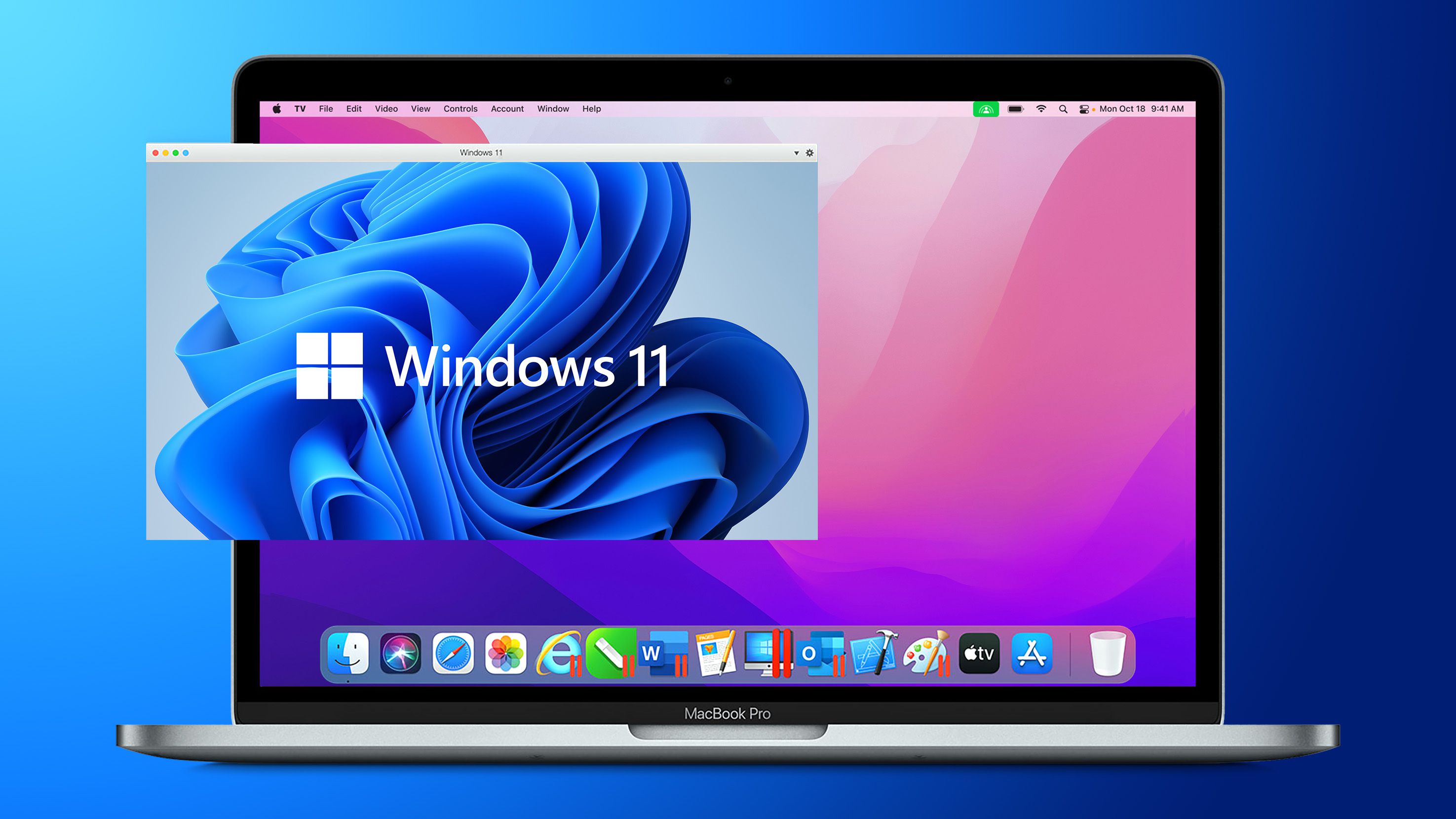That last is why UEFI wasn't a realistic option. Apple's new (to Mac) boot architecture on Apple Silicon is designed with security as a primary focus. To this end, firmware provides just the minimum features required to get an OS kernel started. The complicated features Apple used to do in the firmware environment (note: "complicated" includes things like the old option-key boot volume picker!) are now provided by hidden bootable macOS partitions (recovery volumes).Apple’s approach in system design these days is veering away from the traditional thinking of how PCs boot and manage the system. Even if it was built on UEFI, it would look quite different to what UEFI looks like on WinTel systems and not be very compatible, I’d wager. Because of Apple’s functionality around DFU, RecoveryOS, and the Secure Enclave, they are using the SSD to store what we’d normally consider “firmware”. It looks like Apple can even pair specific “firmware” with a specific version of the OS, rather than the latest being used all the time, which is interesting.
Oddly enough, time being the flat circle it is, I’m reminded that UEFI was a more beefed up pre-boot environment to enable more complex functionality before the OS can boot compared to what came before it. Apple needed it in the Intel transition so it didn’t lose the features that Open Firmware provided. More recently, Apple’s been trying to strip that functionality out of the firmware itself so that the first stage (LLB) can be as simple as possible. Something that makes sense if part of your goal is security, but also going in the opposite direction compared to UEFI.
Minimalism is the friend of anyone trying to audit code essential to security, and it doesn't get more essential than the pre-kernel firmware environment. UEFI is the opposite of minimalistic; it has an enormous attack surface as it's a reasonably full featured OS in its own right. Full TCP/IP stack, device drivers, graphics, sound, everything. You can play DOOM in UEFI: https://github.com/Cacodemon345/uefidoom.




